The world of big cats is shrouded in mystery and intrigue. These majestic creatures, with their powerful presence and enigmatic behaviors, have fascinated humans for centuries. However, there exist tales of certain big cat species that were once believed to have vanished from the face of the Earth. Miraculously, some of these species have resurfaced, defying the odds and reigniting hope for their continued existence. This article delves into five such big cat species, recounting their stories of disappearance and unexpected reemergence.
The Enigmatic Javan Leopard
The Javan Leopard, a subspecies of the leopard, was once thought to be extinct due to habitat loss and poaching. These elusive creatures were native to the dense forests of Java, Indonesia. For years, sightings were rare, leading conservationists to fear the worst. Yet, in a stroke of fortune, evidence of their existence emerged through camera traps strategically placed in the wild. These images captured the elusive spots of the Javan Leopard, sparking renewed interest in their conservation. This revelation was a reminder of nature’s resilience and the importance of preserving these critical habitats.
The Elusive South China Tiger
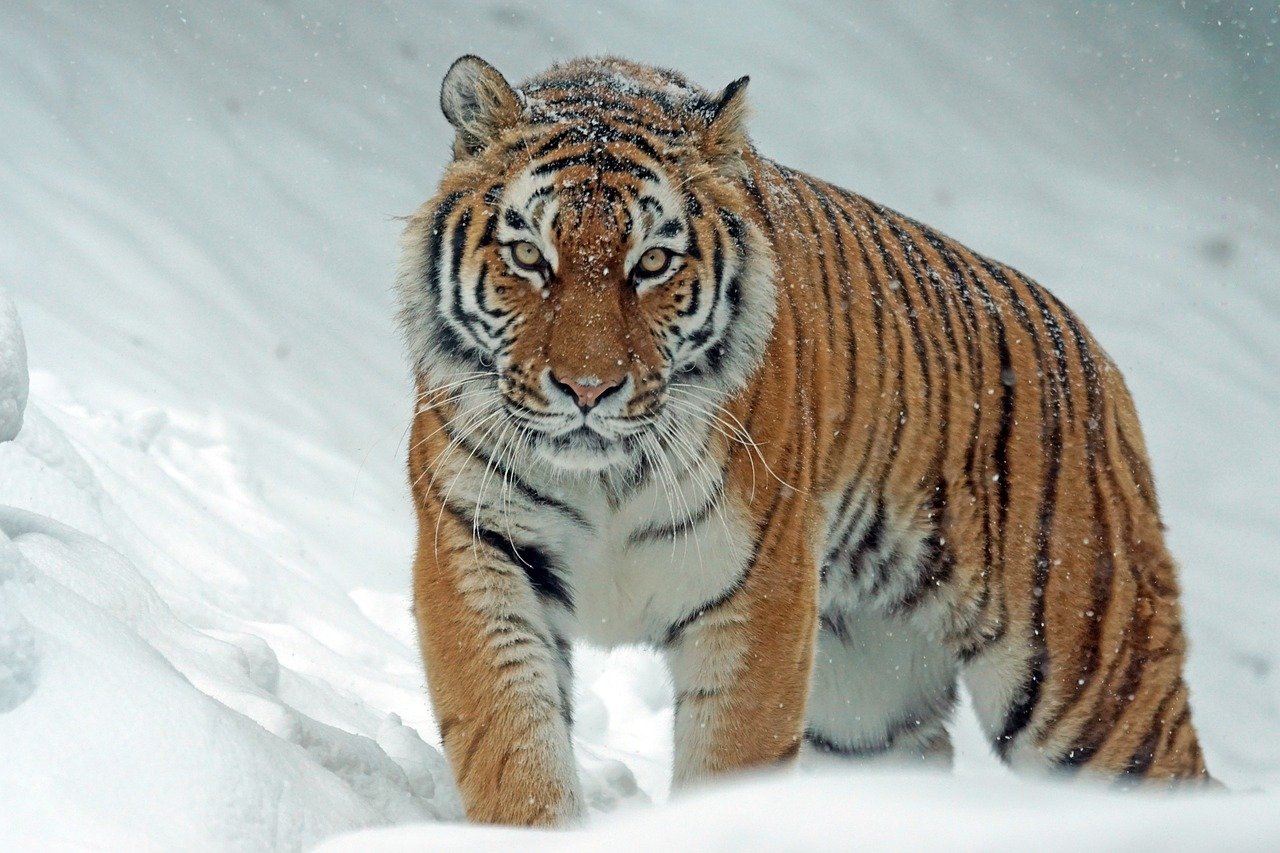
Known as one of the world’s most endangered tiger subspecies, the South China Tiger was once thought to have disappeared entirely. Native to the forests of southern China, their numbers dwindled due to deforestation and hunting. For decades, there were no confirmed sightings, leading many to believe they were gone forever. However, through the tireless efforts of conservationists and breeding programs, there have been reports of their existence in the wild. This resurgence underscores the importance of conservation efforts in saving species on the brink of extinction.
The Mysterious Andean Mountain Cat
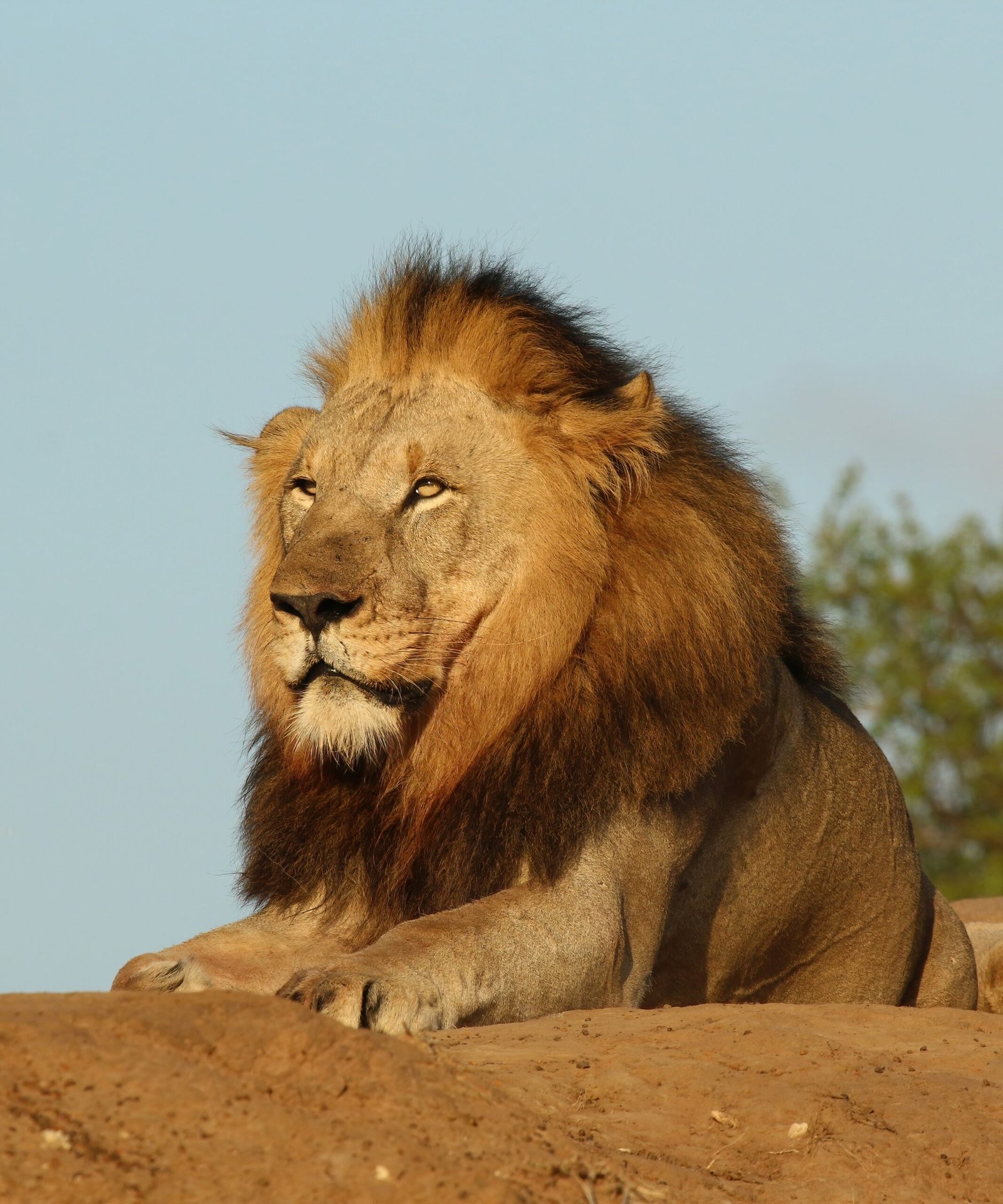
The Andean Mountain Cat, a rare and elusive feline, roams the high-altitude regions of the Andes Mountains. This small wild cat was once believed to be extinct due to its secretive nature and limited sightings. For years, researchers struggled to obtain concrete evidence of their existence. However, recent studies and improved tracking technology have confirmed the presence of these cats in remote areas. The rediscovery of the Andean Mountain Cat serves as a testament to the mysteries that still lie hidden in our world’s most secluded regions.
The Resilient Iberian Lynx
The Iberian Lynx, native to the Iberian Peninsula, was once on the brink of extinction. Habitat destruction, hunting, and a declining prey base led to their dramatic decline in numbers. By the early 2000s, the Iberian Lynx was considered the most endangered feline species in the world. Through dedicated conservation efforts, including captive breeding and habitat restoration, their population has seen a remarkable revival. The story of the Iberian Lynx is a beacon of hope, showcasing the impact of human intervention in conserving endangered species.
The Legendary Amur Leopard
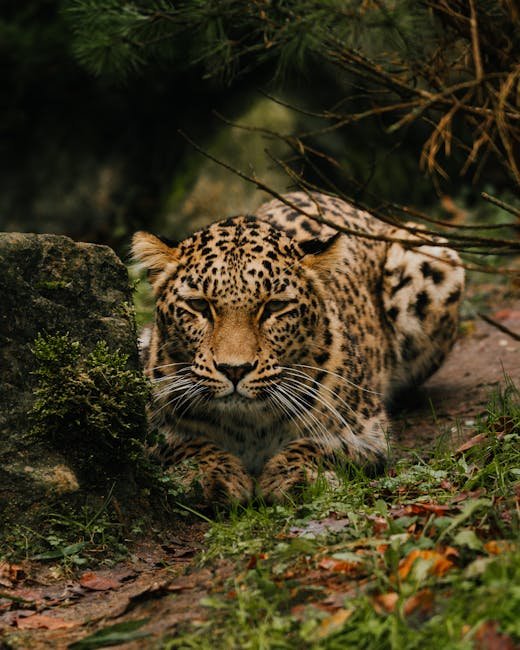
The Amur Leopard, one of the rarest big cats on the planet, was once believed to be extinct in the wild. Found in the remote regions of the Russian Far East and northeastern China, the Amur Leopard faced severe threats from poaching and habitat loss. At one point, fewer than 30 individuals were thought to remain. However, thanks to international conservation efforts and anti-poaching measures, their numbers have slowly increased. The Amur Leopard’s story is a powerful reminder of the critical role humans play in safeguarding biodiversity.
Conservation’s Role in Resurgence
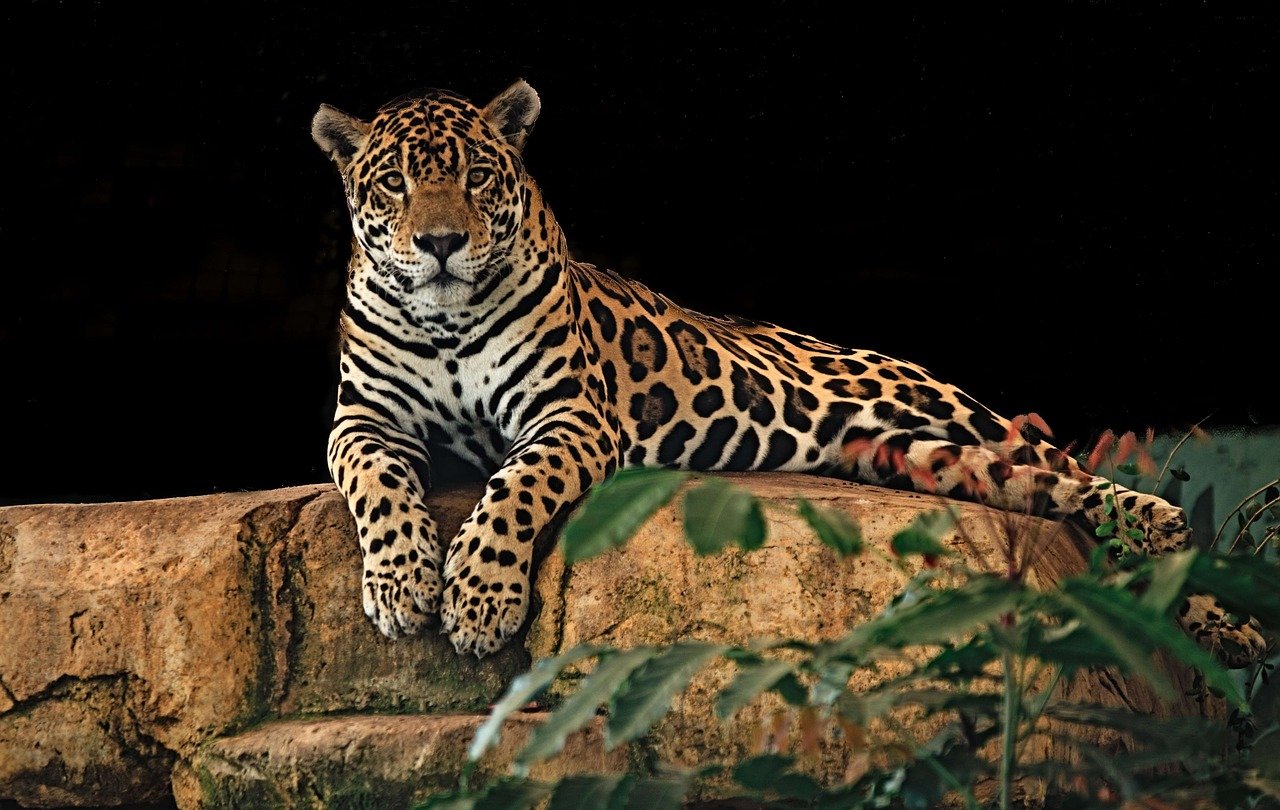
The stories of these big cat species highlight the vital role conservation plays in their survival. Dedicated individuals and organizations have worked tirelessly to protect these majestic creatures from the brink of extinction. Efforts such as habitat restoration, anti-poaching measures, and captive breeding programs have been instrumental in their resurgence. These success stories emphasize that, with the right strategies and commitment, it is possible to reverse the tide of extinction and ensure a future for endangered species.
The Challenges of Habitat Loss

Habitat loss remains one of the most significant threats to big cat species worldwide. As human populations expand, natural habitats are often destroyed to make way for agriculture, infrastructure, and urban development. This encroachment not only reduces the space available for these animals but also fragments their habitats, making it difficult for them to find food and mates. Addressing habitat loss is crucial in ensuring the long-term survival of big cats, requiring a balance between human needs and wildlife conservation.
The Perils of Poaching
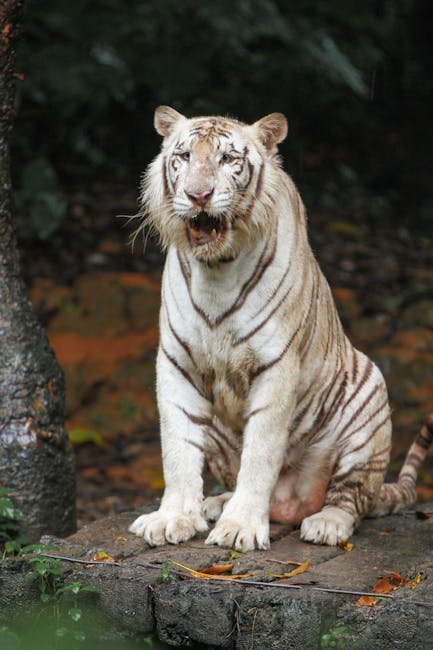
Poaching poses a grave threat to big cats, driven by the demand for their pelts, bones, and other body parts. Despite international laws and regulations, illegal hunting continues to decimate populations. Conservationists and law enforcement agencies are working together to combat poaching through increased surveillance, stricter penalties, and raising public awareness. Combating poaching is essential in protecting these vulnerable species and preserving the delicate balance of ecosystems where they play a crucial role.
The Importance of Genetic Diversity

Genetic diversity is critical for the survival and adaptability of big cat species. Inbreeding, often a result of small population sizes, can lead to genetic disorders and reduced resilience to environmental changes. Conservation programs focus on maintaining genetic diversity through carefully managed breeding initiatives. By ensuring a healthy gene pool, these programs aim to enhance the long-term viability of big cat populations and their ability to thrive in changing environments.
Community Involvement in Conservation
Engaging local communities in conservation efforts is vital for the success of big cat protection initiatives. Communities living near big cat habitats often bear the brunt of human-wildlife conflicts. Involving them in conservation efforts not only provides them with alternative livelihoods but also fosters a sense of ownership and responsibility for wildlife protection. Education and awareness campaigns empower communities to become active participants in preserving their natural heritage.
The Role of Technology in Conservation

Technological advancements have revolutionized the field of wildlife conservation. Tools such as camera traps, satellite tracking, and DNA analysis have provided invaluable insights into the behavior and distribution of big cats. These technologies enable researchers to monitor populations, track movements, and assess the impact of conservation interventions. By harnessing the power of technology, conservationists can make informed decisions and implement targeted strategies to protect these elusive creatures.
International Collaboration for Conservation
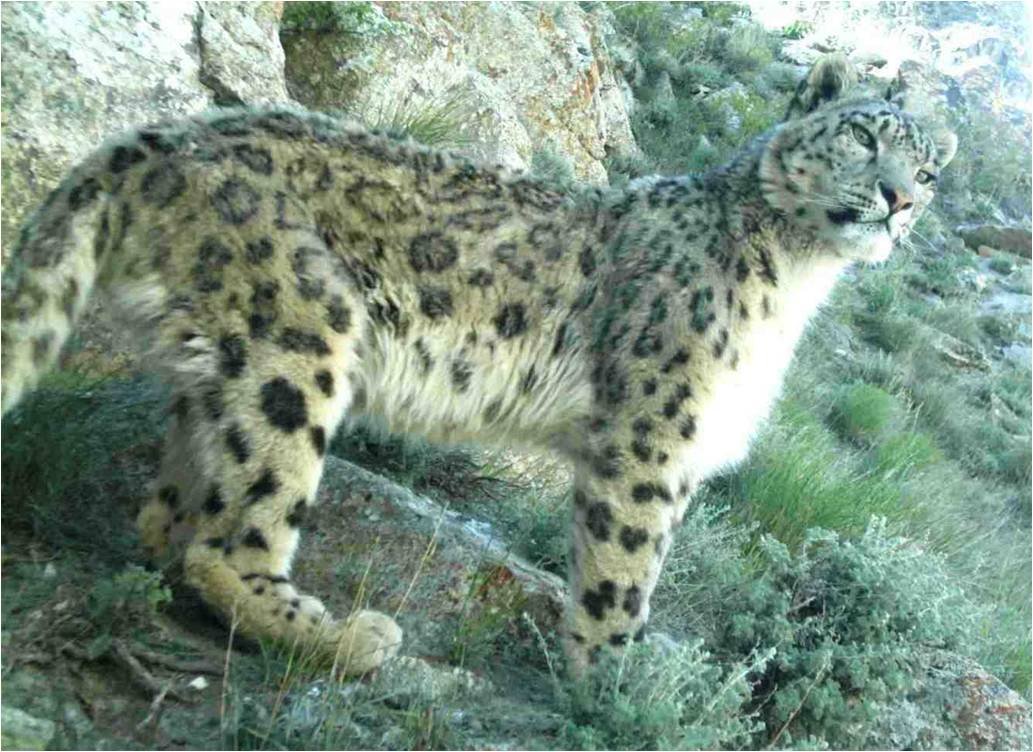
The conservation of big cat species requires international collaboration and cooperation. Many of these animals roam across political boundaries, necessitating cross-border initiatives. Governments, non-governmental organizations, and international bodies must work together to develop cohesive strategies for habitat protection, anti-poaching efforts, and legal frameworks. The success of big cat conservation depends on a united global effort to address the challenges they face.
The Power of Awareness and Education
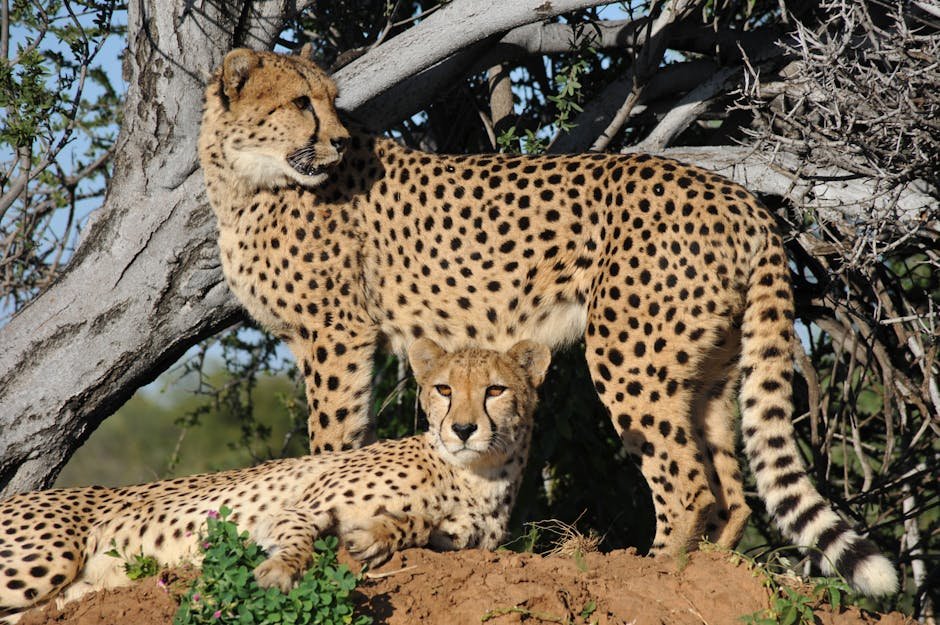
Raising awareness about the plight of big cat species is crucial in garnering support for conservation efforts. Education programs aimed at schools, communities, and the general public help foster an understanding of the importance of preserving these animals. By highlighting the ecological, cultural, and economic value of big cats, these programs inspire people to take action and support initiatives that protect them. Awareness and education are powerful tools in building a future where big cats can thrive.
The Need for Sustainable Practices

Sustainable practices are essential for the coexistence of humans and big cats. This involves promoting responsible land use, implementing wildlife-friendly policies, and reducing the human footprint in critical habitats. By adopting sustainable practices, societies can ensure that the needs of both people and wildlife are met, creating a harmonious balance between development and conservation. Sustainable practices are key to securing a future where big cats can continue to roam freely.
The Role of Research in Conservation
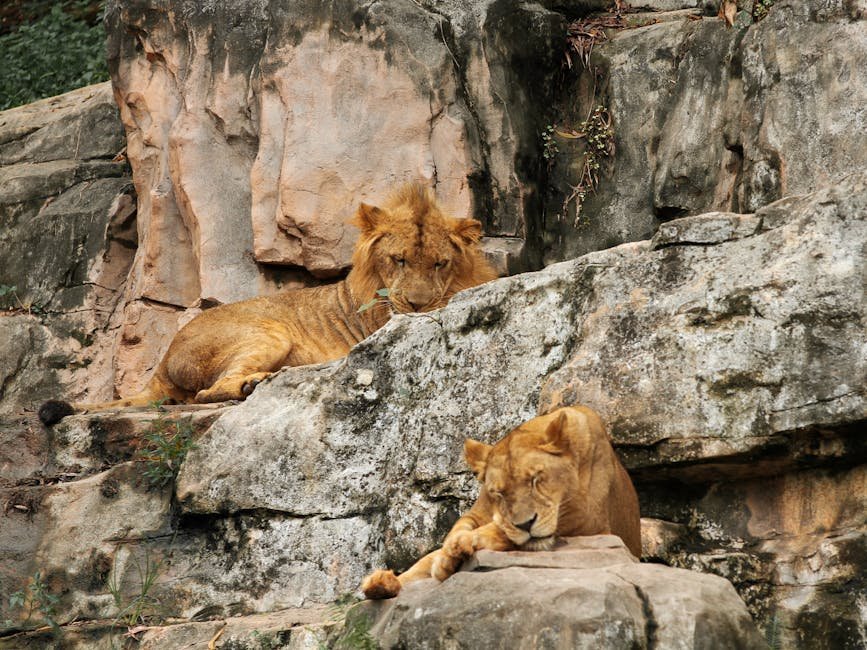
Research plays a fundamental role in understanding the biology, behavior, and ecology of big cats. Scientific studies provide valuable data that inform conservation strategies and policy decisions. Researchers work to uncover the mysteries of these elusive animals, shedding light on their habits, needs, and threats. Through research, conservationists can develop evidence-based approaches to protect big cats and ensure their survival for generations to come.
The Importance of Legal Protections
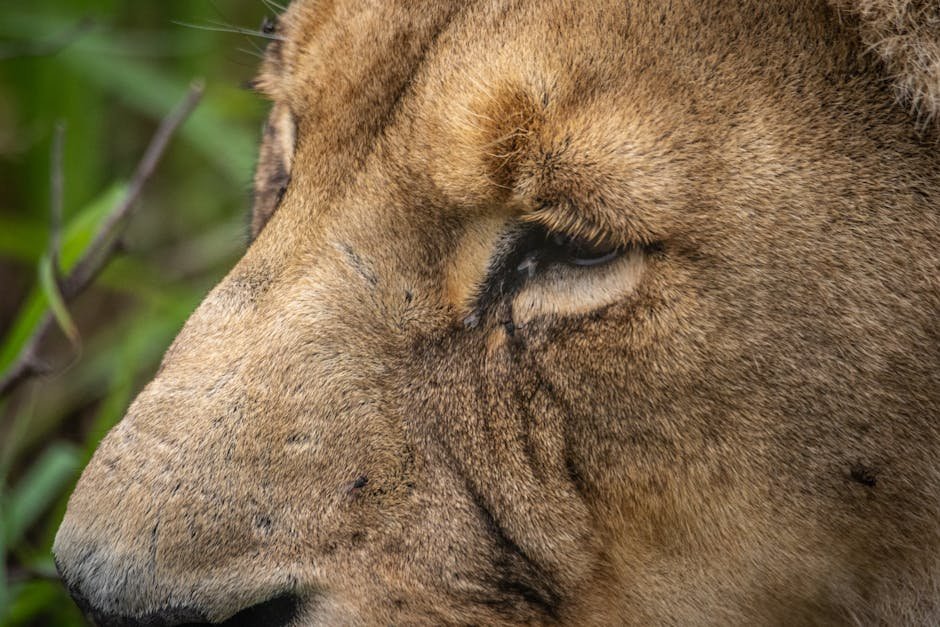
Legal protections are essential in safeguarding big cat species from threats such as poaching and habitat destruction. National and international laws provide the framework for conservation efforts, establishing protected areas, regulating hunting, and enforcing penalties for illegal activities. Strengthening legal protections and ensuring their enforcement is crucial in preventing the extinction of big cats and preserving their natural habitats.
The Role of Captive Breeding Programs
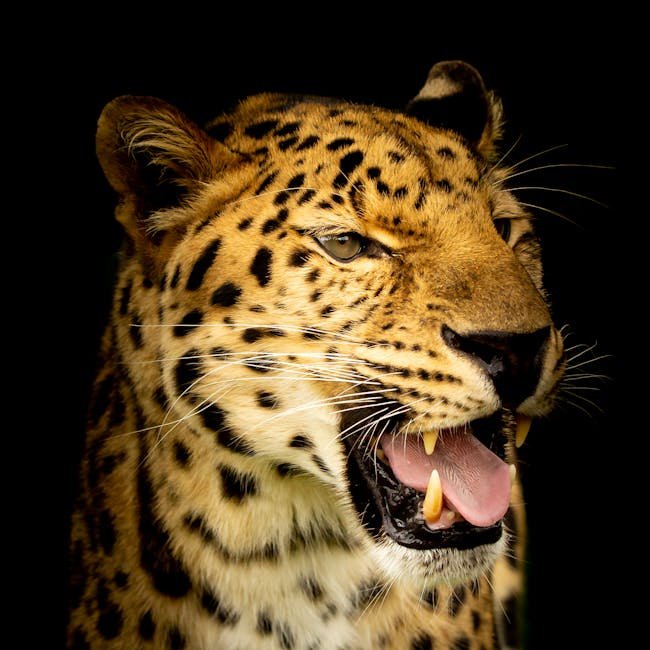
Captive breeding programs have played a significant role in the recovery of endangered big cat species. These programs provide a safe environment for breeding, allowing for the preservation of genetic diversity and the eventual reintroduction of individuals into the wild. While not a substitute for habitat conservation, captive breeding serves as a valuable tool in supplementing wild populations and securing the future of species on the brink of extinction.
The Impact of Climate Change

Climate change poses an emerging threat to big cat species, altering their habitats and affecting prey availability. Changes in temperature and precipitation patterns can disrupt ecosystems, forcing big cats to adapt or face extinction. Conservation efforts must account for the impacts of climate change, implementing strategies that enhance the resilience of big cat populations and their habitats. Addressing climate change is essential in ensuring the long-term survival of these iconic animals.
The Future of Big Cat Conservation
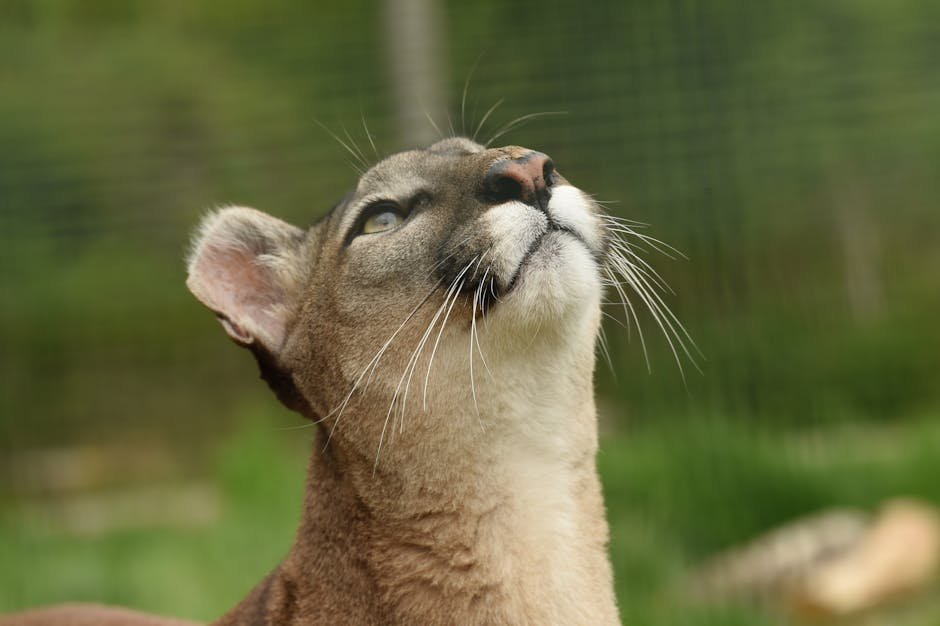
The future of big cat conservation lies in the hands of individuals, communities, and governments worldwide. As awareness grows and conservation efforts expand, there is hope for the continued survival of these magnificent creatures. By working together, we can create a world where big cats thrive, contributing to the rich tapestry of biodiversity that sustains our planet. The journey to protect big cats is ongoing, requiring dedication, innovation, and a shared commitment to preserving our natural heritage.
Hi, I’m Bola, a passionate writer and creative strategist with a knack for crafting compelling content that educates, inspires, and connects. Over the years, I’ve honed my skills across various writing fields, including content creation, copywriting, online course development, and video scriptwriting.
When I’m not at my desk, you’ll find me exploring new ideas, reading books, or brainstorming creative ways to solve challenges. I believe that words have the power to transform, and I’m here to help you leverage that power for success.
Thanks for stopping by, Keep coming to this website to checkout new articles form me. You’d always love it!





